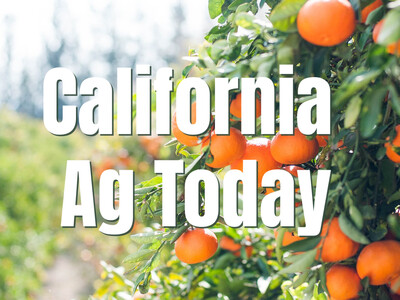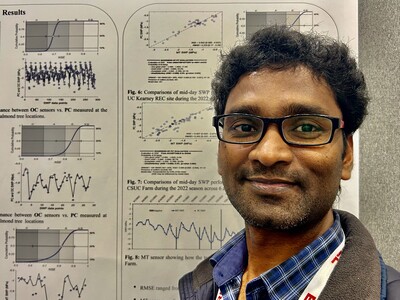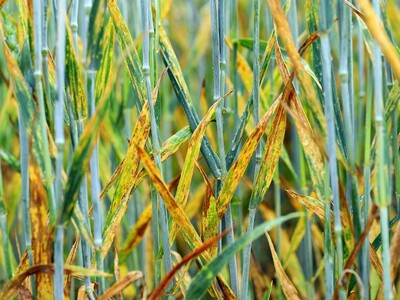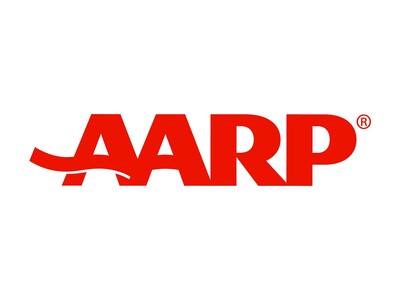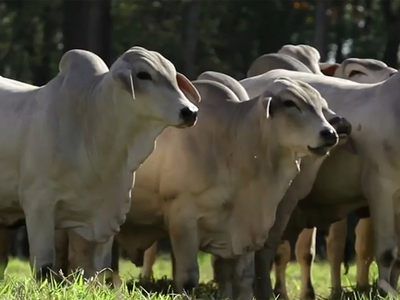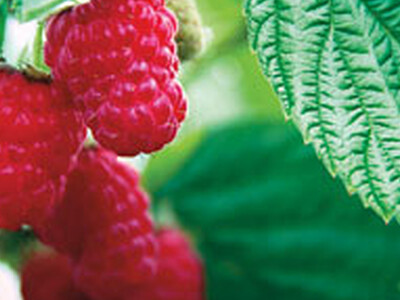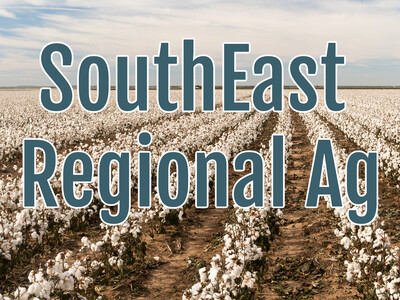Cover crop carbon capture
University of Idaho researchers are studying how producers may boost forage production, minimize greenhouse gas emissions and improve the health of their soils through the rotational grazing of cover crops.The research and demonstration project is part of U of I’s five-year, $55 million Innovative Agriculture Marketing Partnership for Idaho (IAMP) grant, funded by the U.S. Department of Agriculture to increase adoption of climate-smart food production practices.
Professor John Hall, a UI Extension specialist of beef and cattle management, is leading a cover crop grazing demonstration project on 35 acres at the Salmon-based U of I Nancy M. Cummings Research, Extension and Education Center, funded over five years with $125,000 from the IAMP grant.
Producers plant cover crops primarily to improve soil health and build soil organic matter. Hall’s demonstration involves bringing in 30 head of cattle to graze cover crops, thereby also capitalizing on their forage value. He’ll use temporary, electric fencing to confine cattle into smaller paddocks, moving the livestock roughly every three days. The method results in uniform grazing of forage and distribution of cattle manure to lend fertility to the system. The brief grazing duration leaves roots intact to capture more carbon and produce more forage for future grazing.
Hall plans to plant the cover crop — likely annual grasses in the first year so that he can control the broadleaf weeds with herbicide — in late April and to commence grazing about 45 days after planting. In the fall, triticale will be planted in the cover crop area for spring hay. He anticipates seeding a mixture of cover crops that provide good forage directly into the triticale during the following season.
“The advantage to using cattle on cover crops is the fact that we’re able to produce another agricultural product on the same amount of land and still capture carbon,” Hall said. “Not only are we capturing carbon in the soil, but we’re also capturing carbon in the animal, and I think people sometimes forget about that.”






